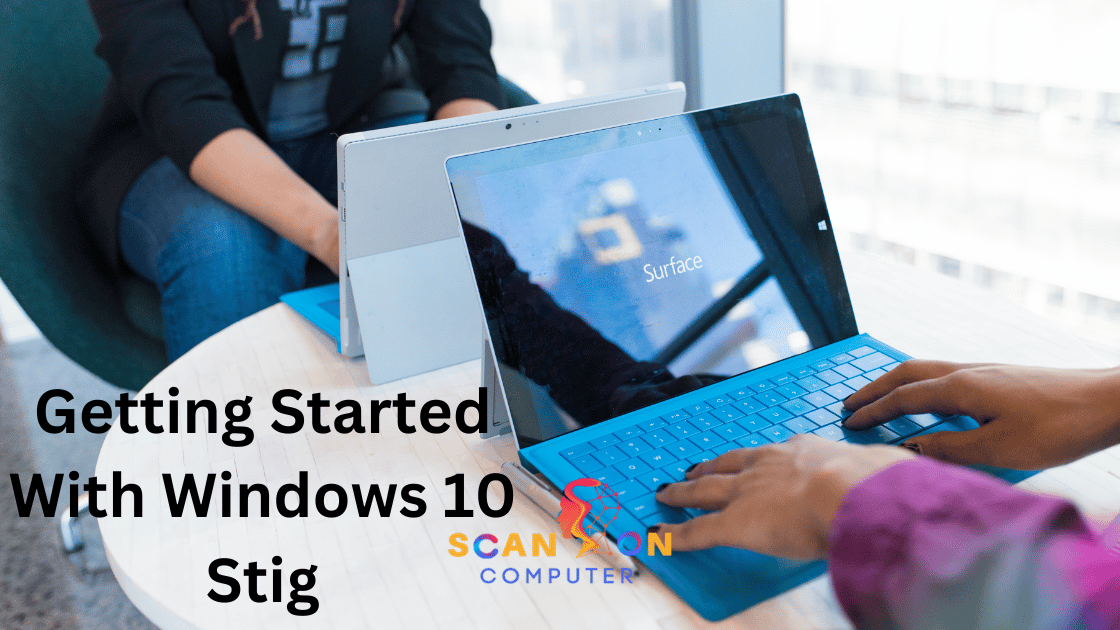The Stig is a fictional character from the popular BBC motoring show Top Gear. He serves as an anonymous driver who drives all four hosts’ vehicles around Silverstone Circuit.
IT professionals must implement various security settings on their computers to protect data. One tool in this regard are Defense Information Systems Agency’s (DISA) Security Technical Implementation Guides (STIGs).
How to use
On your journey into cybersecurity, you will encounter many complex issues and perplexing puzzles. One of the primary difficulties lies with dealing with Defense Information Systems Agency Security Technical Implementation Guides or STIGs – configuration standards designed to secure computer systems against cyber threats.
STIG Viewer can make managing and understanding STIGS easier, providing a user-friendly approach. Once installed, this program imports all your STIGS into a list that you can view and analyze; additionally it keeps a local cache to help return you back to that exact list whenever reopening STIG Viewer.
Use the STIG Viewer app to customize how you work with STIGS. Adjust font size and overall visual style according to your personal taste; even add an image background for an enjoyable experience!
Start by signing in to either the Azure portal or Government portal depending on your subscription type, then clicking Create to create a Windows virtual machine compliant with DISA STIGs. Search Microsoft Azure STIG templates until you find one that suits your needs, then follow on-screen instructions to deploy and apply STIGs.
Installation
Starting Windows 10 stig is relatively straightforward. Once downloaded as a JAR file for easy use, users are presented with an intuitive splash screen where STIG checklists can be imported or created from scratch. In addition, users can select systems for scanning which will generate a checklist file which can then be reviewed by users before exporting into SCAP and other tools for automated review and mitigation.
As part of creating a new checklist, there are five expandable menus on the left-hand side of the page that provide information. The first menu demonstrates its current state, while another displays an overview. A third one enumerates all vulnerabilities identified by the checklist while a fourth provides open findings requiring correction. Finally, SCAP displays any automated reviews conducted.
This application aims to be an all-in-one security solution, built for automation. This is particularly advantageous for administrators managing multiple systems as the application can automate SCAP checks against these environments and export their results in an Excel spreadsheet for administrators to review. Furthermore, automated checks such as Linux OS or network device STIG checks may also be conducted automatically by this software.
The application can import the Microsoft Group Policy settings for Windows 10, applying them to machines maintained within supported servicing levels and releases of Windows as a Service, while also importing security baselines for new versions of Windows and Microsoft Edge, and even creating STIG-compliant virtual machines in Azure or Azure Government using its respective portal.
Compatibility
If you want to use windows 10 Stig for IT environment configuration, it is essential that you understand its compatibility with other operating systems. There are specific requirements which must be fulfilled in order to use this tool successfully, including having Unified Extensible Firmware Interface (UEFI) firmware installed that has been set to run in UEFI mode rather than legacy BIOS and also set up with Secure Boot enabled; furthermore, your system must also be up-to-date with security patches and drivers from time-to-time.
Requiring at least six-character passwords helps reduce risk from brute-forcing attempts on user passwords and save them to local drives, among other methods of brute-force. Furthermore, these systems should prevent passwords being saved locally as another step toward keeping data secure and prevent user accounts from being misused by unauthorized parties.
System administrators must configure Windows spotlight features that suggest third-party applications or additional applications to the user, since these may communicate with vendors and download data or components classified as sensitive from them. Furthermore, frequent password changes could compromise system security significantly.
As part of its security measures, systems should be configured to limit the number of failed login attempts before an account is locked, because excessive failed logon attempts increase vulnerability to password guessing or brute-forcing attacks. To minimize this threat, systems should be configured to lock accounts after three consecutive failed login attempts or seven days of inactivity – either way this should help mitigate vulnerabilities to such attacks.
FIPS-compliant algorithms should be configured into your system for encryption, hashing, and signing to safeguard its integrity and confidentiality from being compromised by untrusted individuals and malware attacks. Furthermore, using the NTFS file system offers additional features that enhance security such as encryption, auditing, and other useful capabilities.
Security
Security can be an intricate and bewildering world, but security professionals have numerous tools at their disposal that can make navigating it easier. One such tool is Windows 10 Stig which helps hardening systems. These guidelines are set of security configuration standards created to meet organizational policies as well as giving an idea of potential threats that may exist when it comes to safeguarding systems.
Windows 10 Stig is an IT utility designed to assist IT personnel in the identification and patching of vulnerabilities in Microsoft environments. Available free-of-charge, this program boasts many features designed to make the task simpler – tracking changes, monitoring progress and keeping an organized list of saved STIGs are just some of its many capabilities.
Windows 10 Stig provides several security features to safeguard the environment, such as password authentication and auditing of other logon/logoff events. Furthermore, it has an option that prevents applications from being activated using voice-command while the system is locked, thus protecting sensitive information on it from unintended access.
Limiting bad logon attempts is also key to mitigating brute force attacks, requiring verification that all passwords meet a minimum complexity requirement before being locked out and limited attempts made before account becomes locked; moreover, time must pass between reset of bad logon counter should also be strictly observed to protect from unauthorised users attempting to exploit system vulnerabilities.
Unauthorized access to named pipes and shares should be limited in order to prevent malicious software from infiltrating computers, and stop access by malicious devices that could compromise the information security of users.
Additionally, the WDigest Authentication protocol must be disabled as this protocol stores plaintext passwords in LSASS which exposes them to theft. Furthermore, your system should prioritize ECC curves with longer key lengths first to ensure only secure and tested algorithms are utilized.













